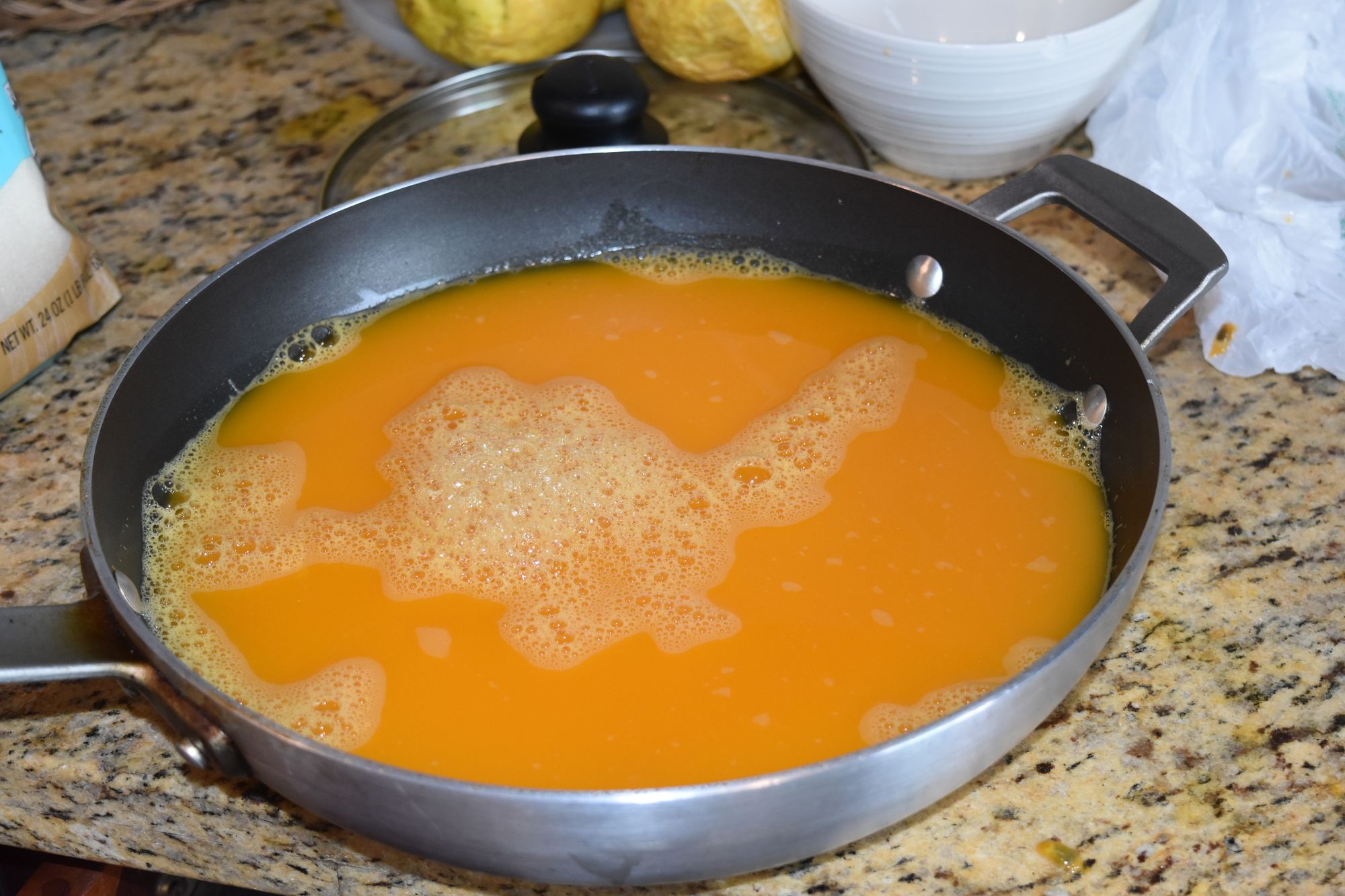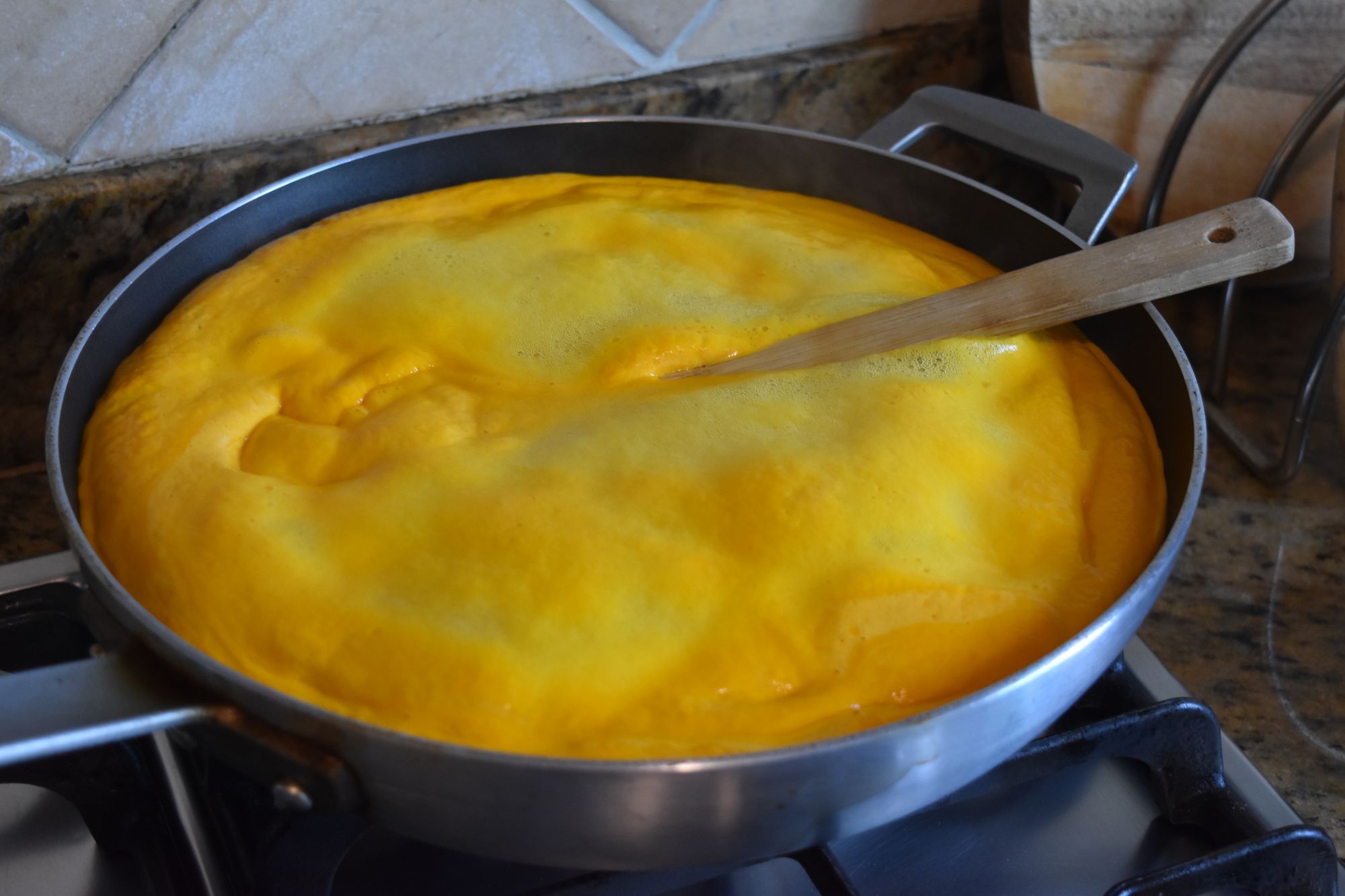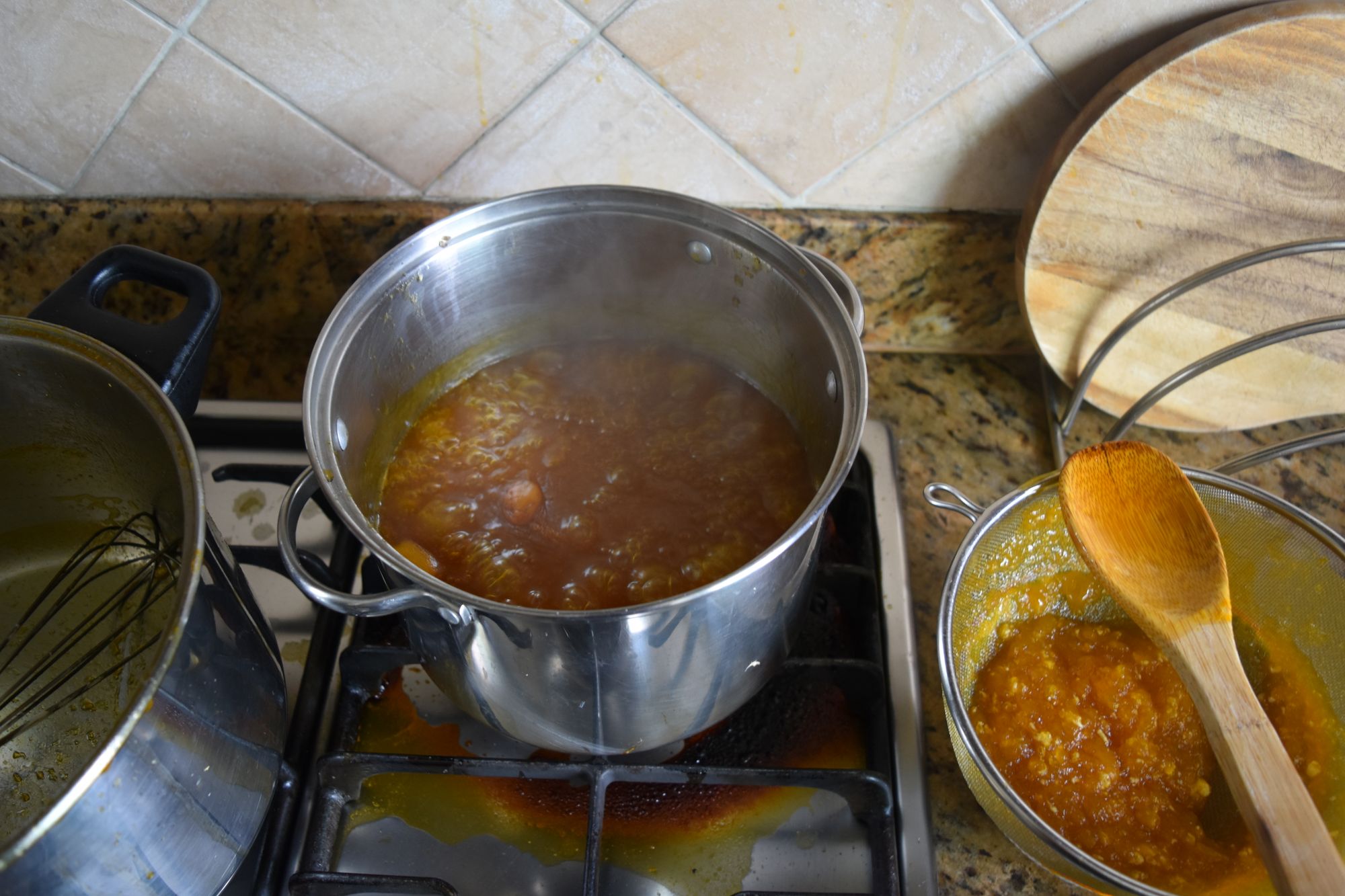Passiflora Edulis Forma Flavicarpa
An introduction to the project, some background information on its author and the general aim of the website
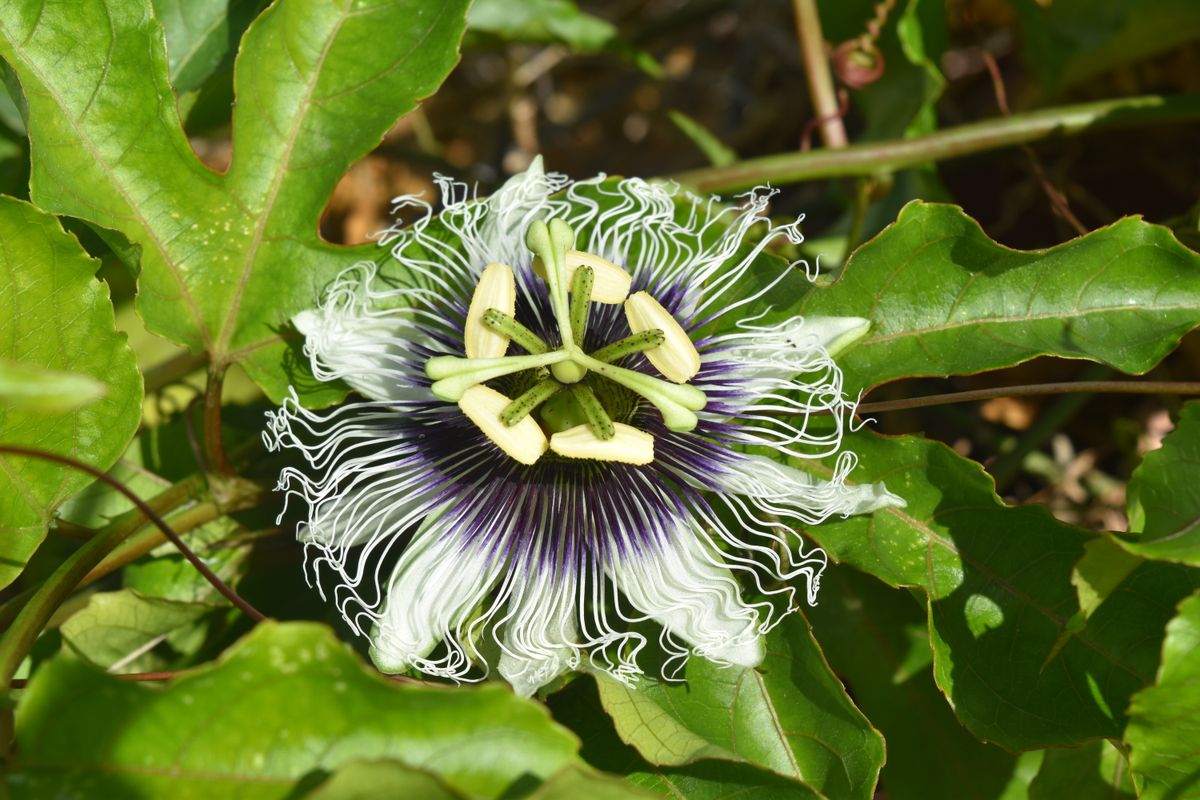
This project is an unpresuming attempt to cover the tracks of the delta of hybrid lines of Passiflora which I've set out to create. Possibly a journey without an end, that is, an ending so far undefined.
Let's begin at the beginning, if there ever was one. The header is Passiflora edulis forma flavicarpa, as it was the first passion fruit I ever grew. However, it might as well have been Passiflora ligularis, as it was the first passion fruit I ever ate. Or better yet, Nicotiana tabacum, as tobacco aroused my interest in hybridizing plants. So let's go back a few years time;
I remember sharing a couple of "markisa" with Indonesian students in 2011 and being sold on the spot. Every market or supermarket that I would be at from then on, I would always check if they sold what I would later learn to be Passiflora ligularis.
A couple of years later I found myself in Brazil getting to know Passiflora edulis forma flavicarpa by having them for breakfast every morning. Those flavicarpas sold in a small grocery store in Cruz das Almas, Bahia, are the largest flavicarpas I've seen to date. They must have been hand pollinated.
The years following Brazil I spent in Indonesia, growing a large variety of plants, mostly focusing on fruit trees and tobacco. Besides, I would bring seeds of Sterculia foetida from the north of Malaysia, Hymenaea courbaril from the botanical garden in Singapore, and many other uncommon species to grow around the area I lived in Jember, East Java. One of our prides was a fence we decorated with Passiflora edulis forma flavicarpa vines, grown from seeds we had taken from fruits we bought on a local market on Timor.
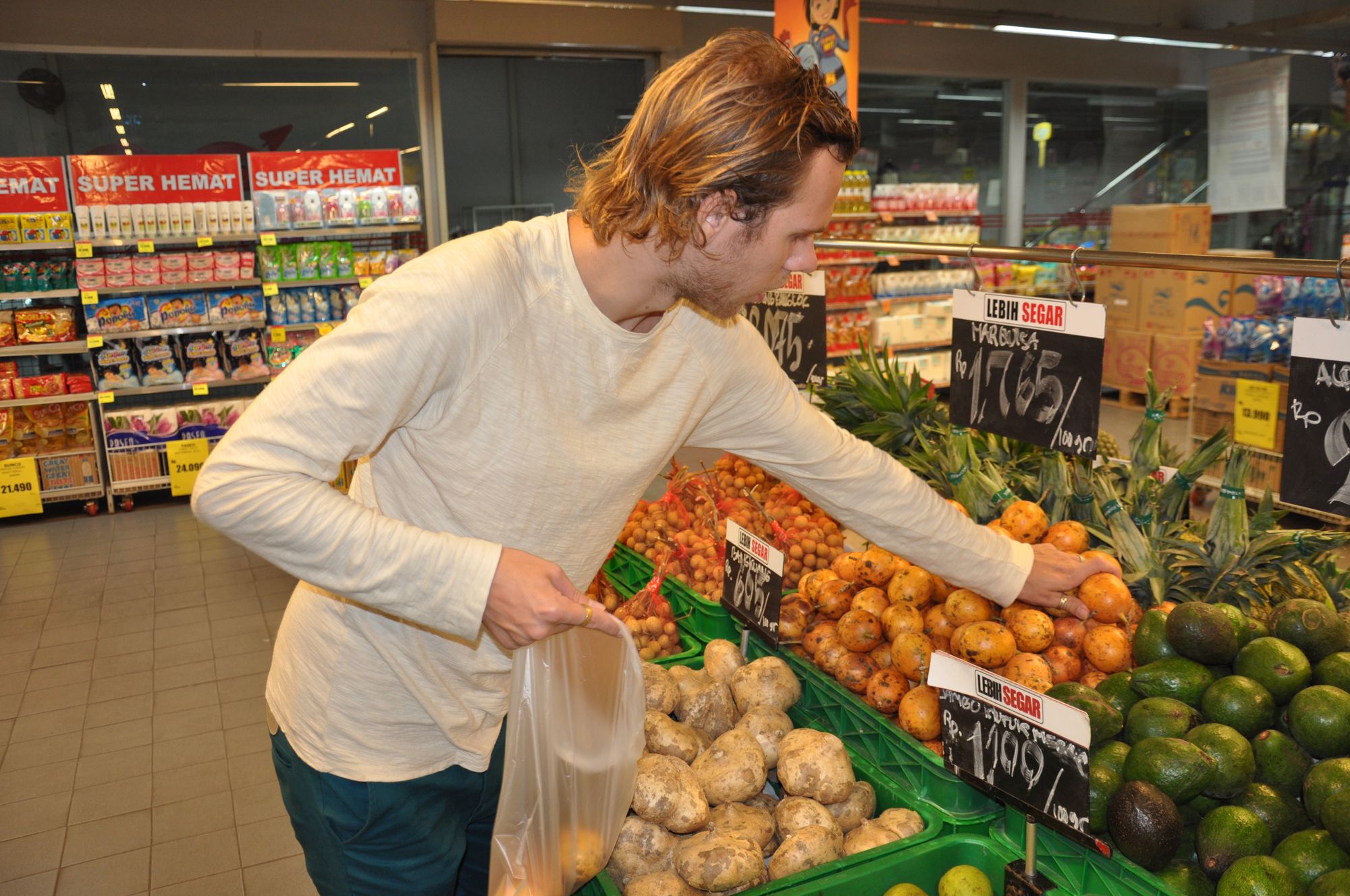
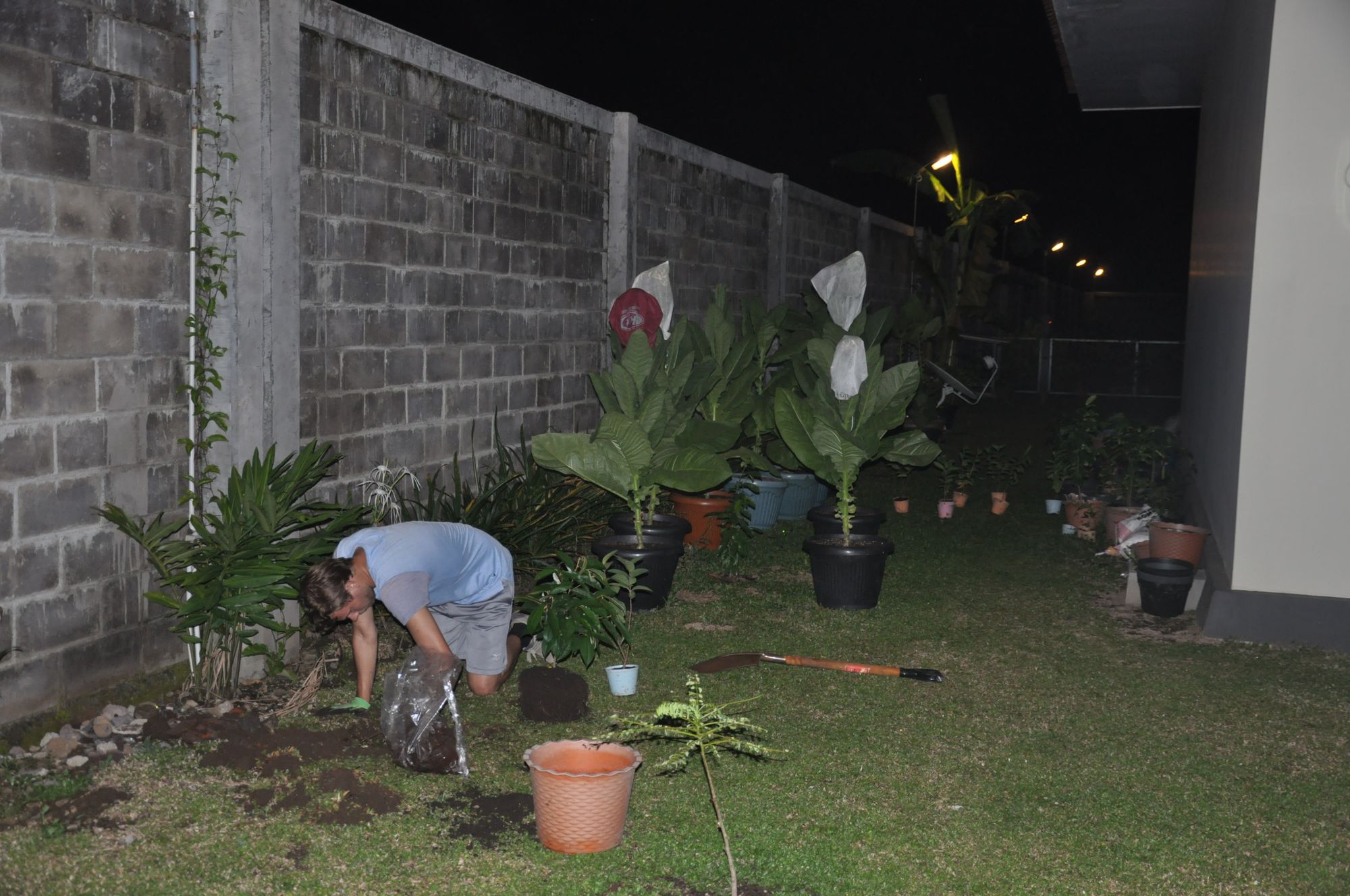
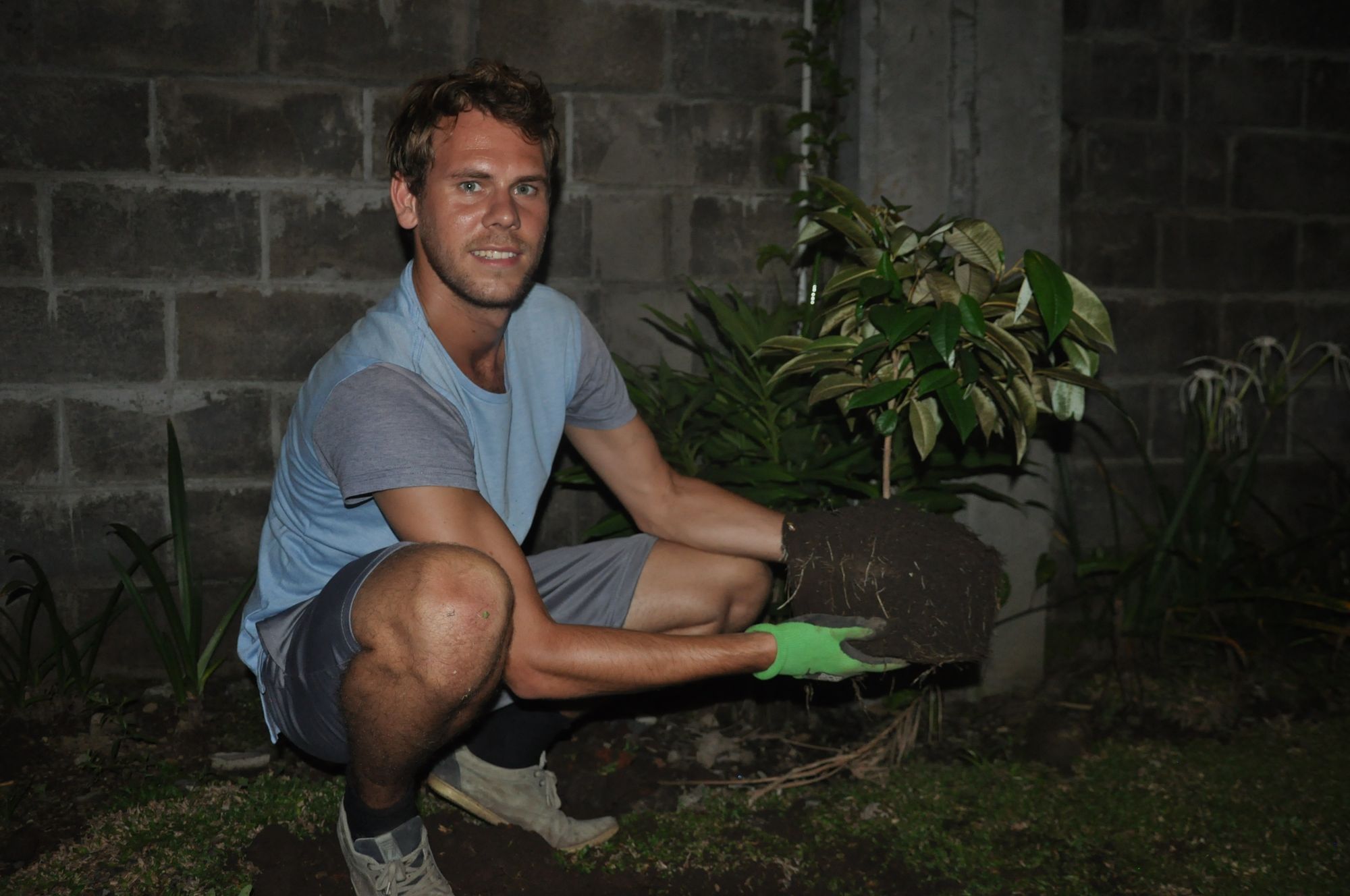
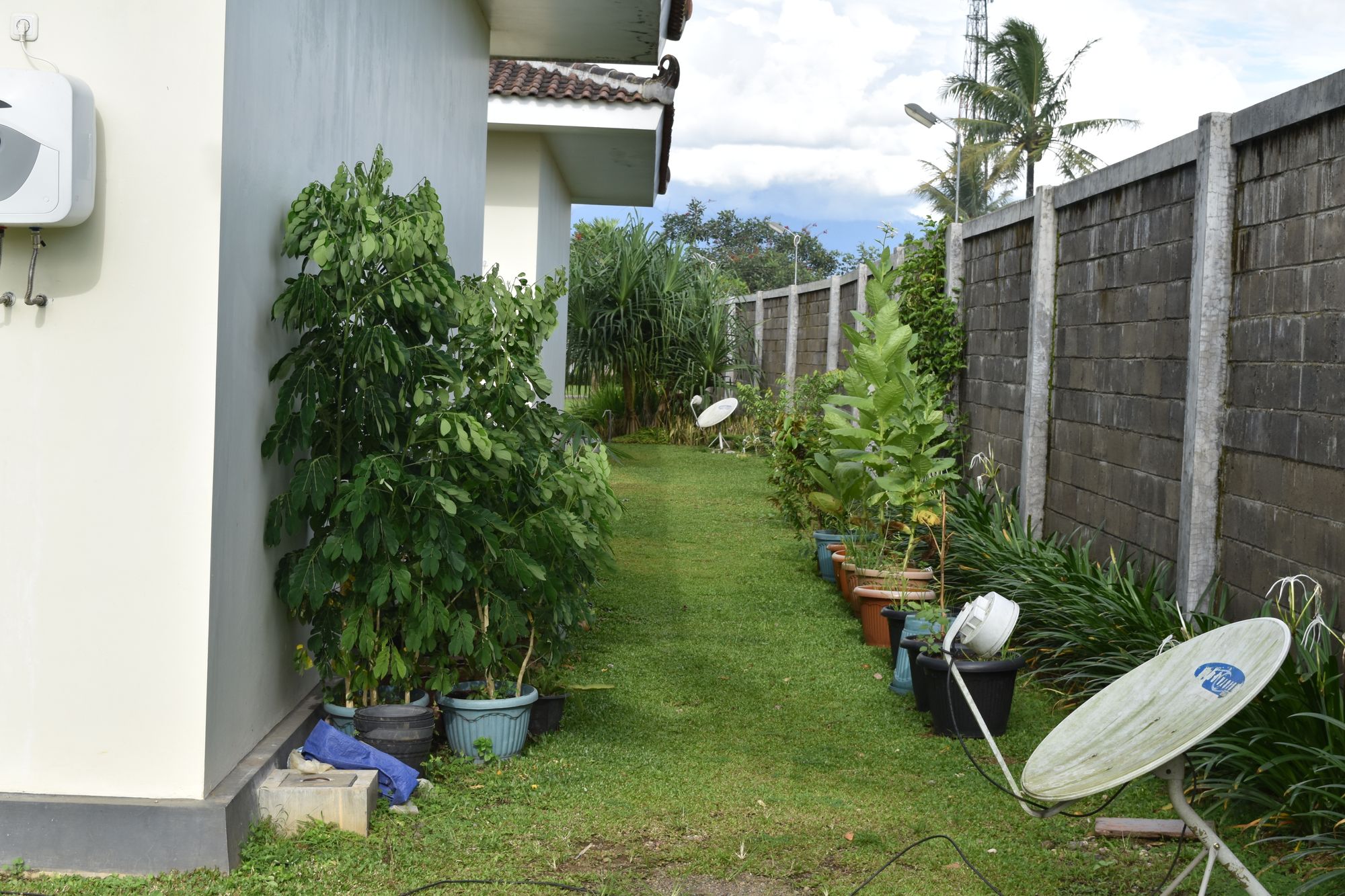
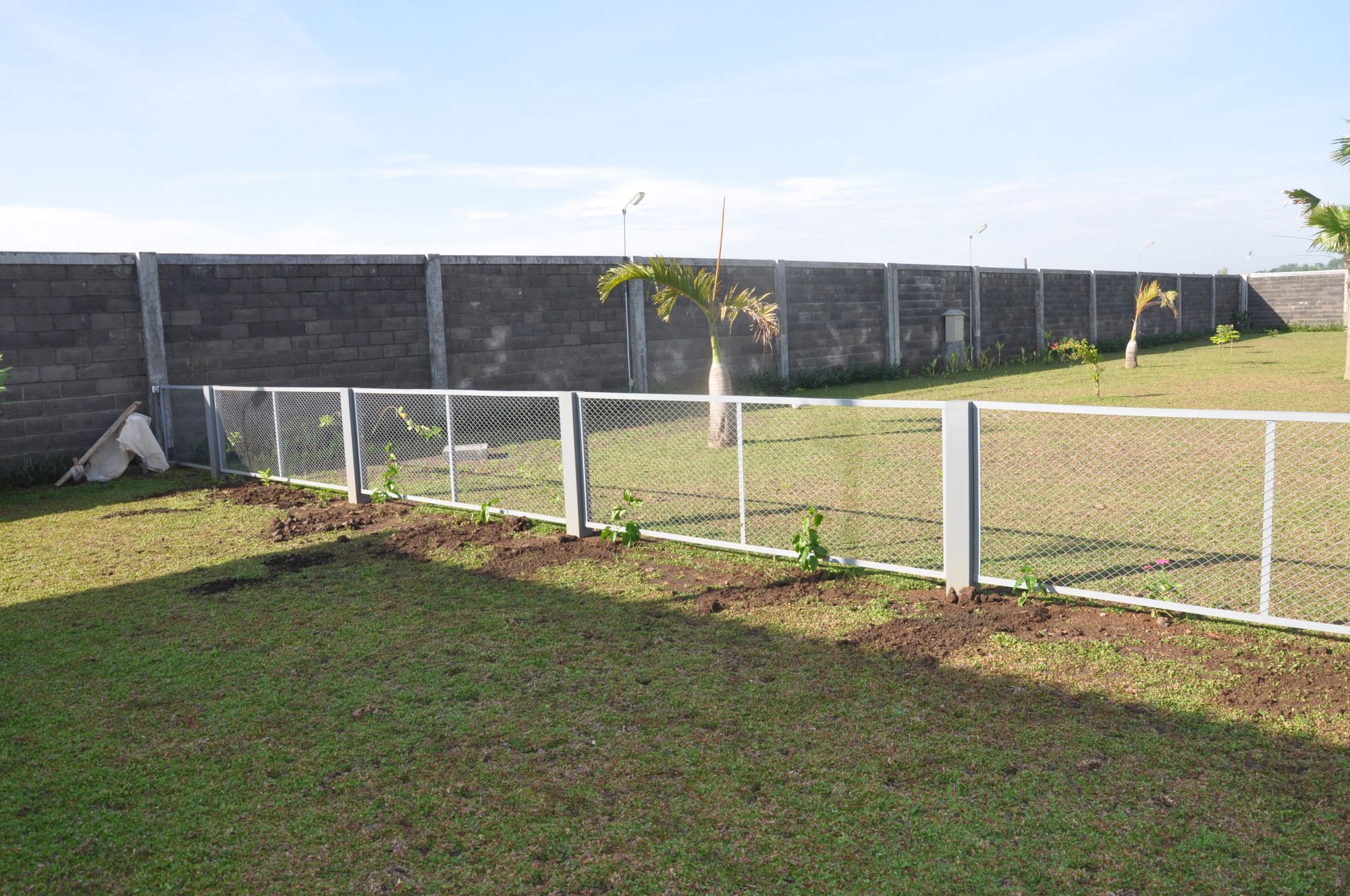

During the Indonesian days, my main focus was the tobacco plant. In my time off from work I would travel to relatively remote places such as Timor-Leste and Sumba to collect tobacco varieties in small villages. At home I would grow different varieties, make hybrids, and attempt to cross Nicotiana tabacum with Nicotiana rustica. Difficult and sometimes tedious, as Nicotiana's flowers are small and self-fertile.
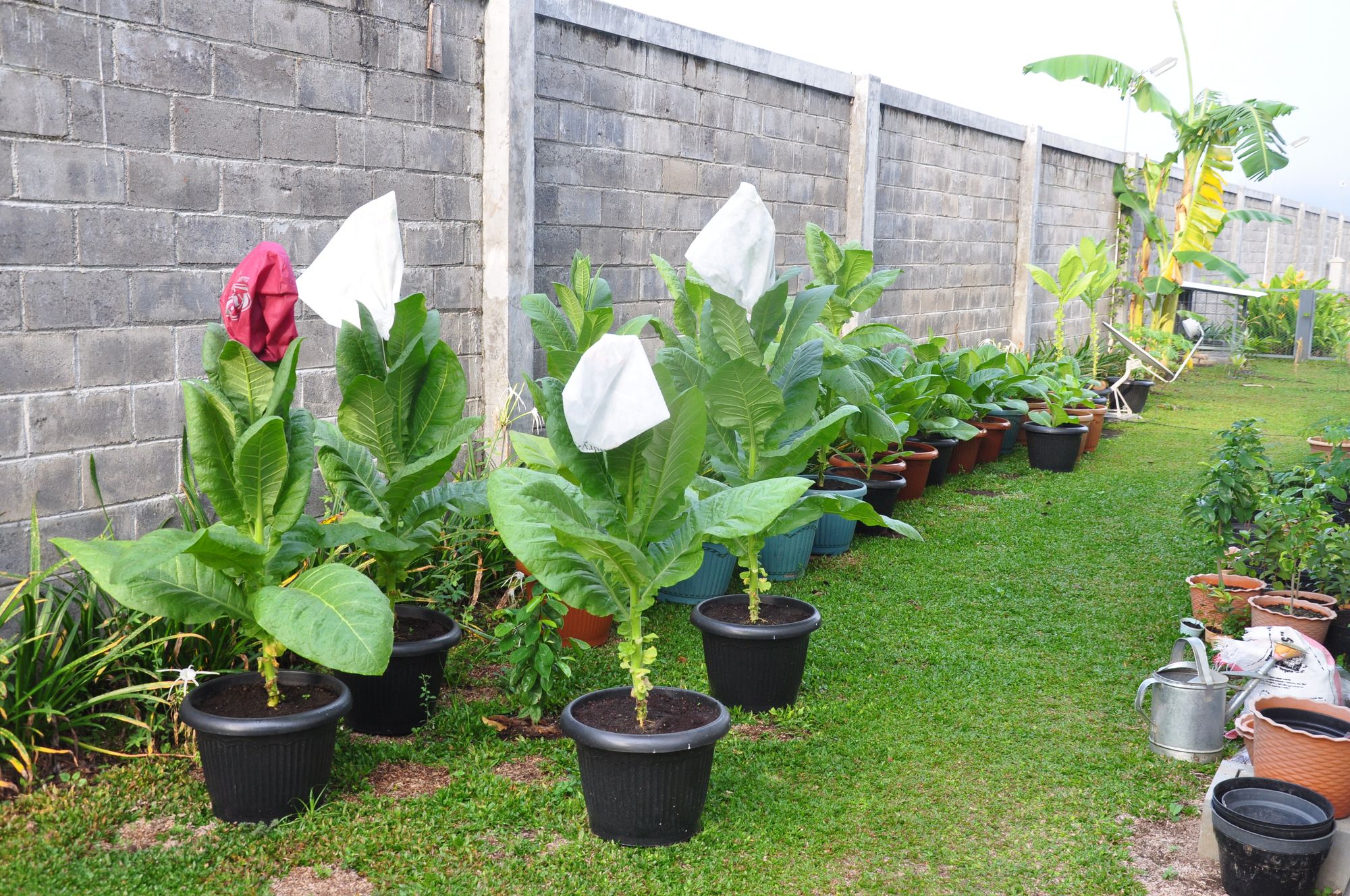
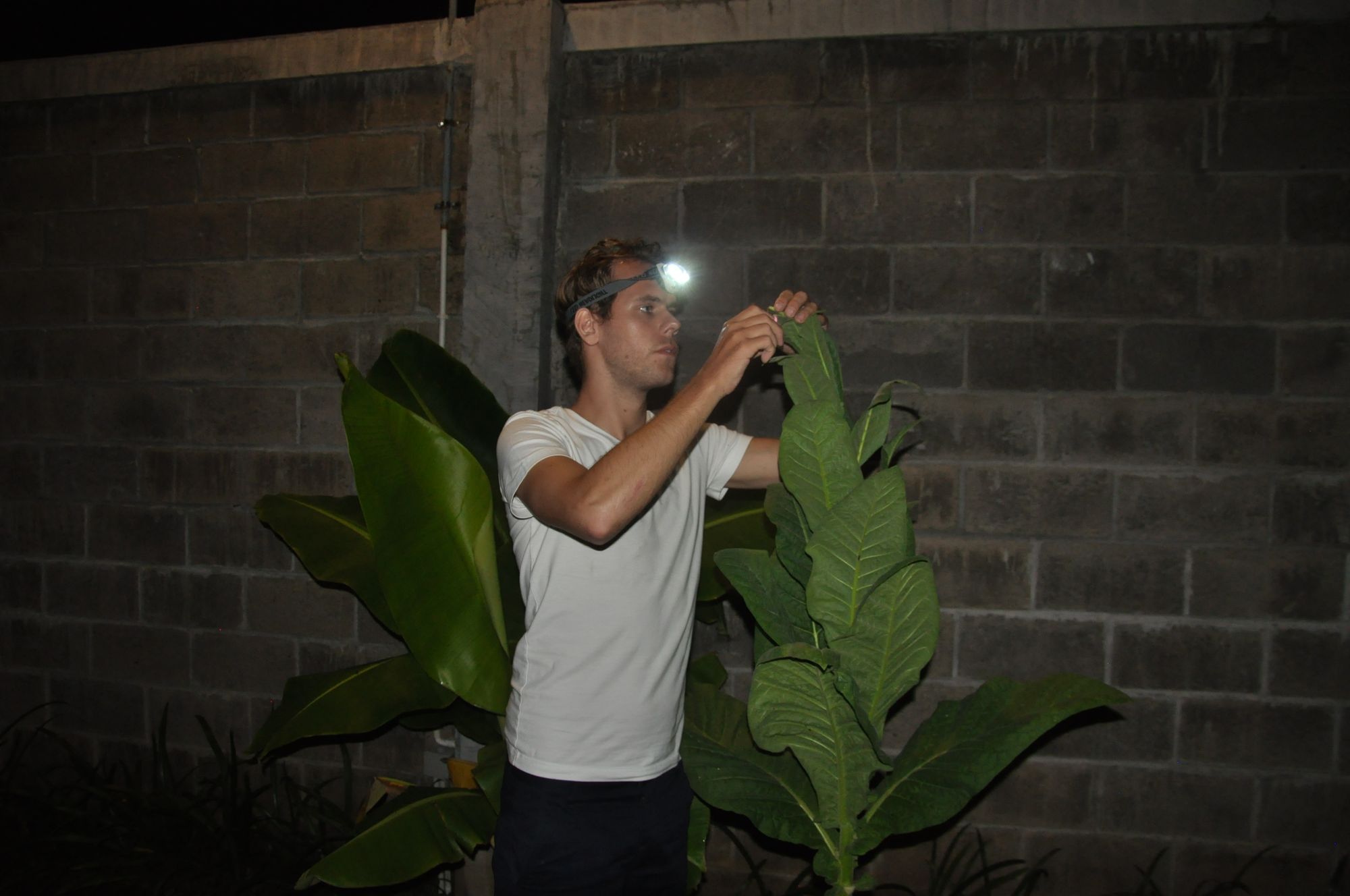
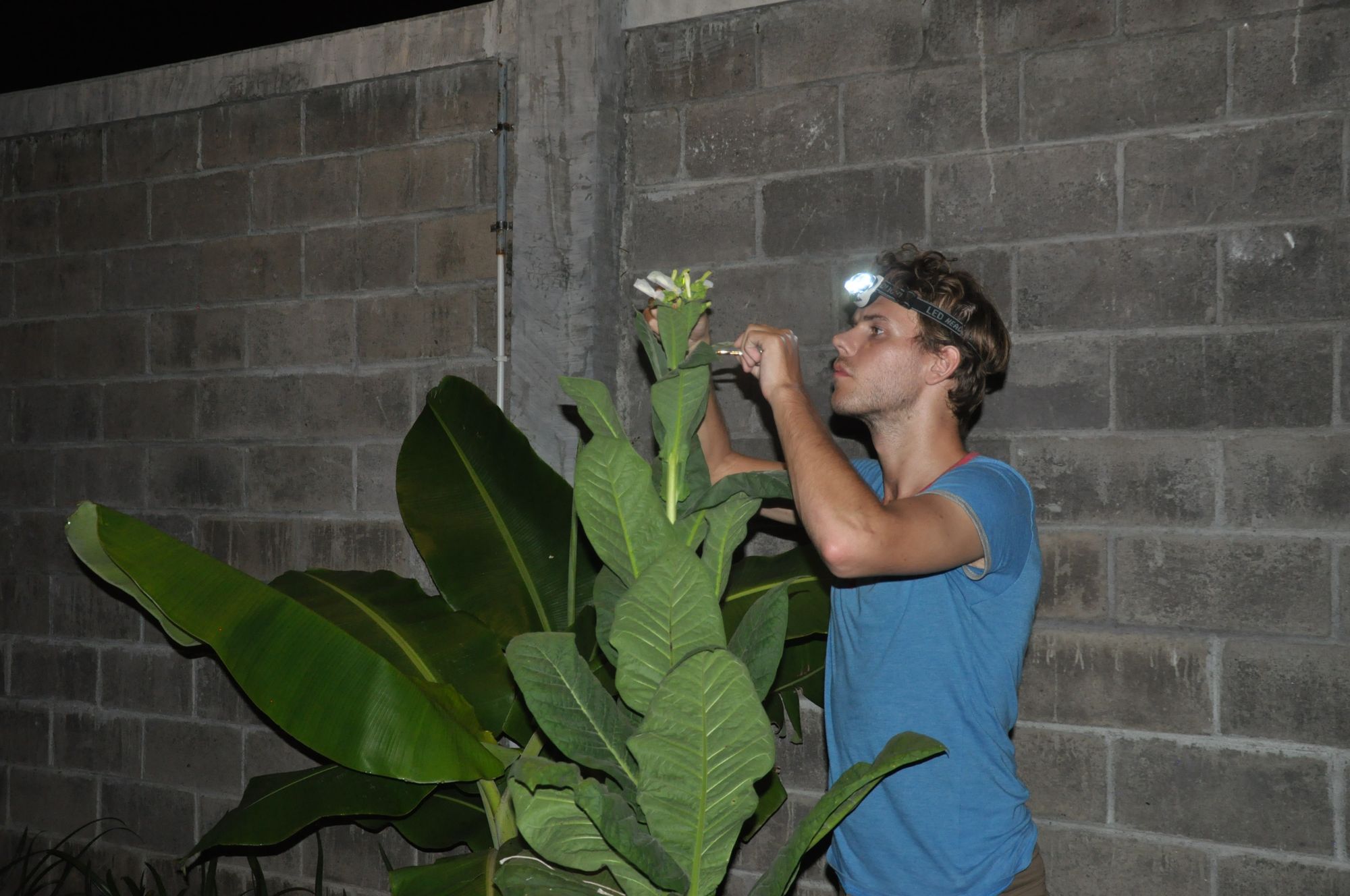
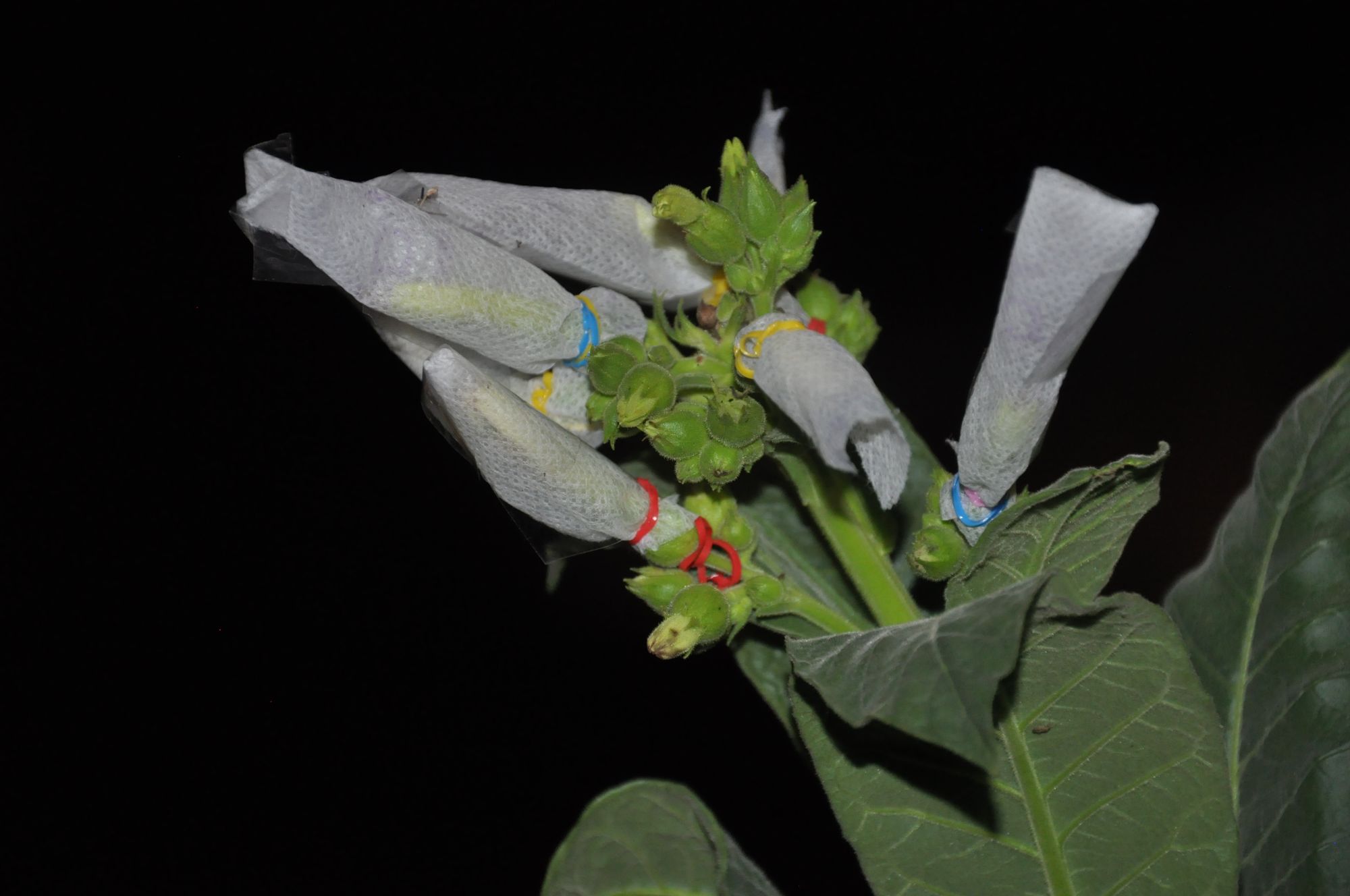
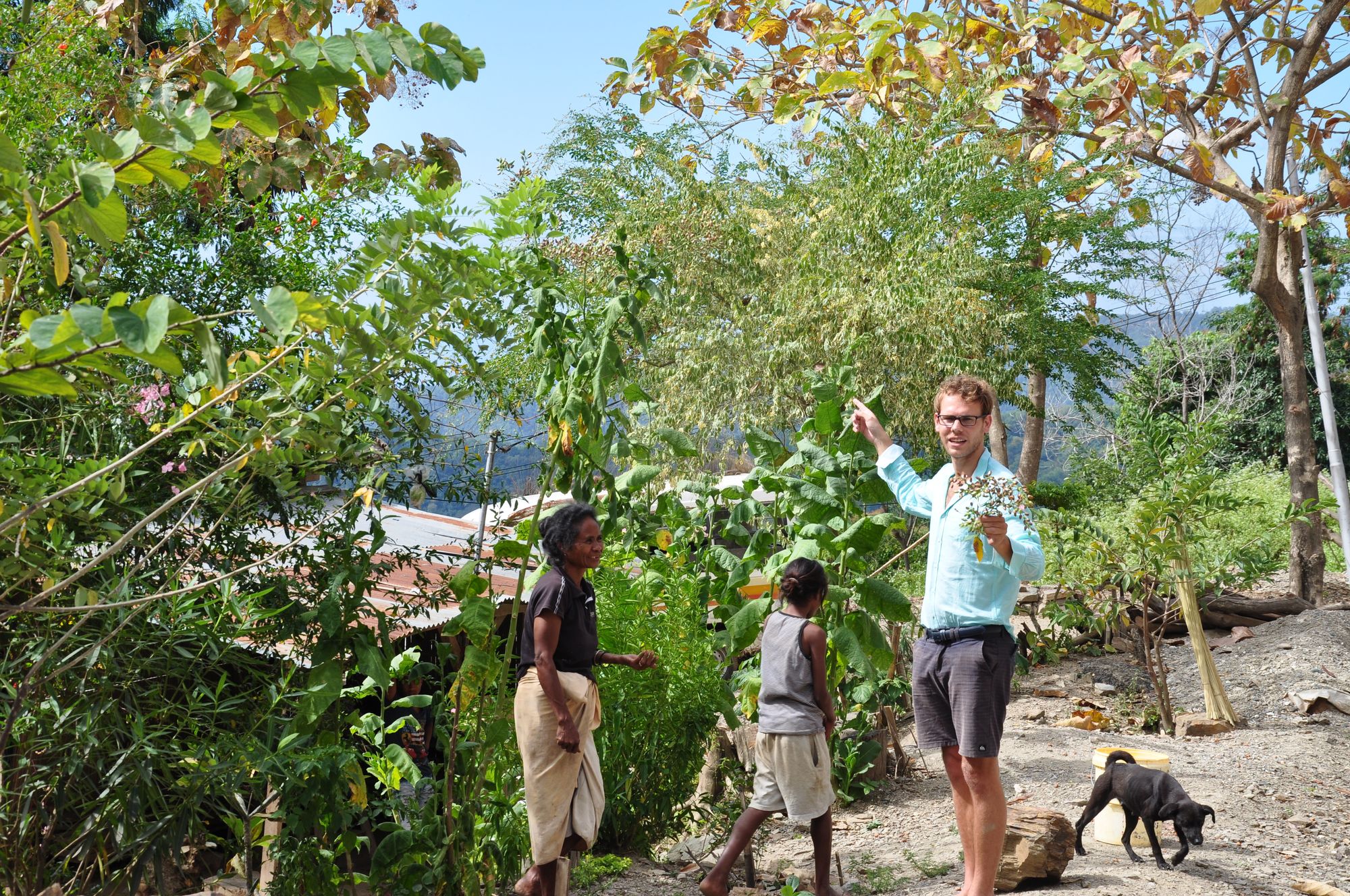
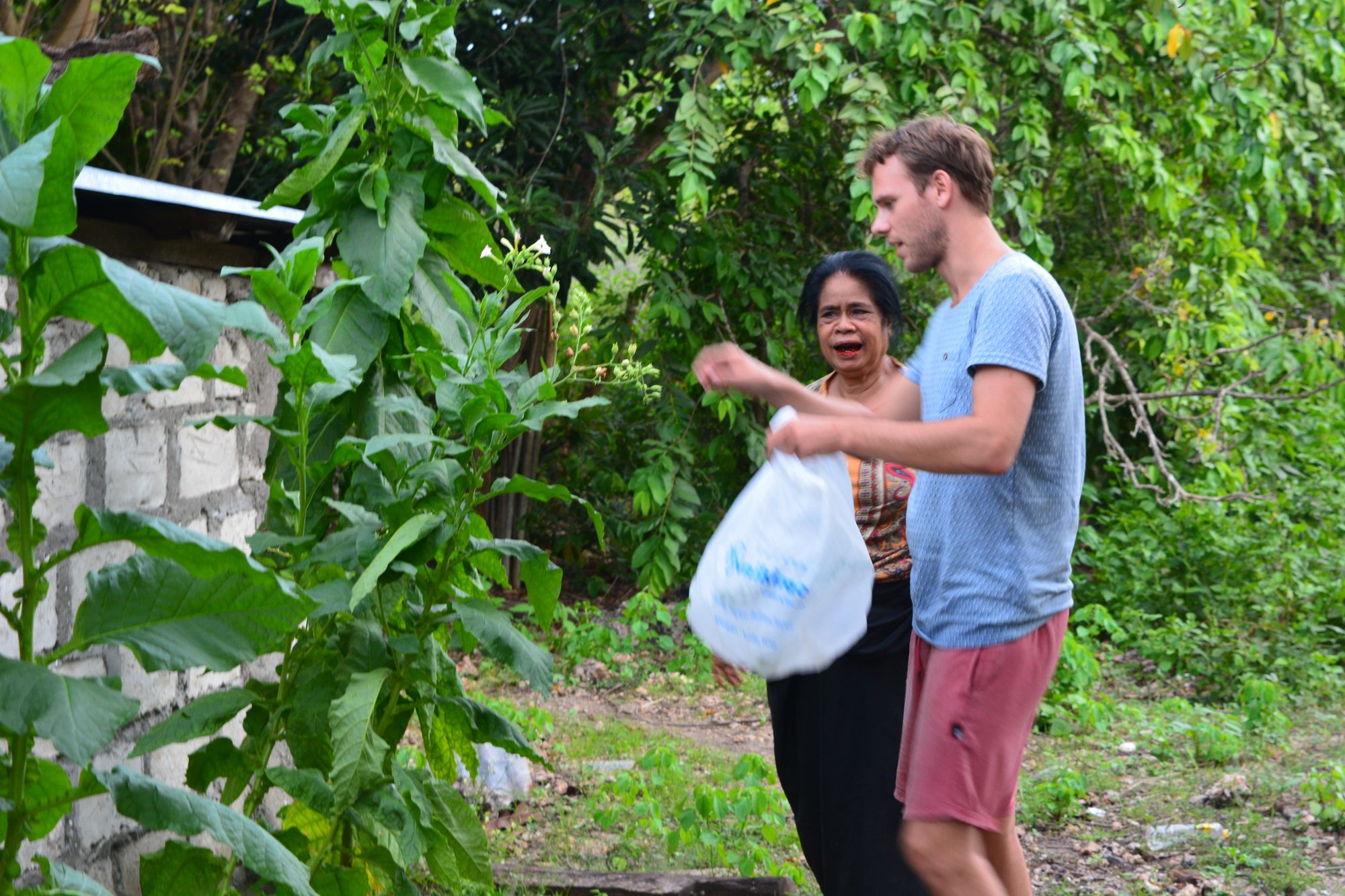
Moving from Indonesia to the Dominican Republic in 2018 I was forced to start my endeavor from scratch, collecting seeds of Blighia sapida from Jamaica, Gossypium hirsutum from Turks & Caicos, and various local Dominican species of plants and fruits. However, I became more and more drawn to passion fruits, at first mostly to Passiflora edulis forma flavicarpa.
Obviously it's flower is beautiful, and it's fruit is delicious. It grows vigorously in the Santiago climate, and blooms within a matter of months. As time went by I learned about the other Passiflora species. Passiflora quadringularis its fruits are sold in the supermarket, and occasionally Passiflora ligularis. The next step was to order seeds from wherever they were available, to establish a good basis for the next step.
Hybridizing! Just as I'd done with tobacco, making new hybrids was the goal. And whereas interspecies hybrids seemed far-stretched with tobacco, with Passiflora it should not be as hard at all. Many others have done it, under different circumstances. Mine are such that it limits me to grow species that can withstand a lot of heat. Think Heat Zone 13 and Hardiness Zone 11. On average there is very little rainfall, so that means a lot of time and effort goes into watering.
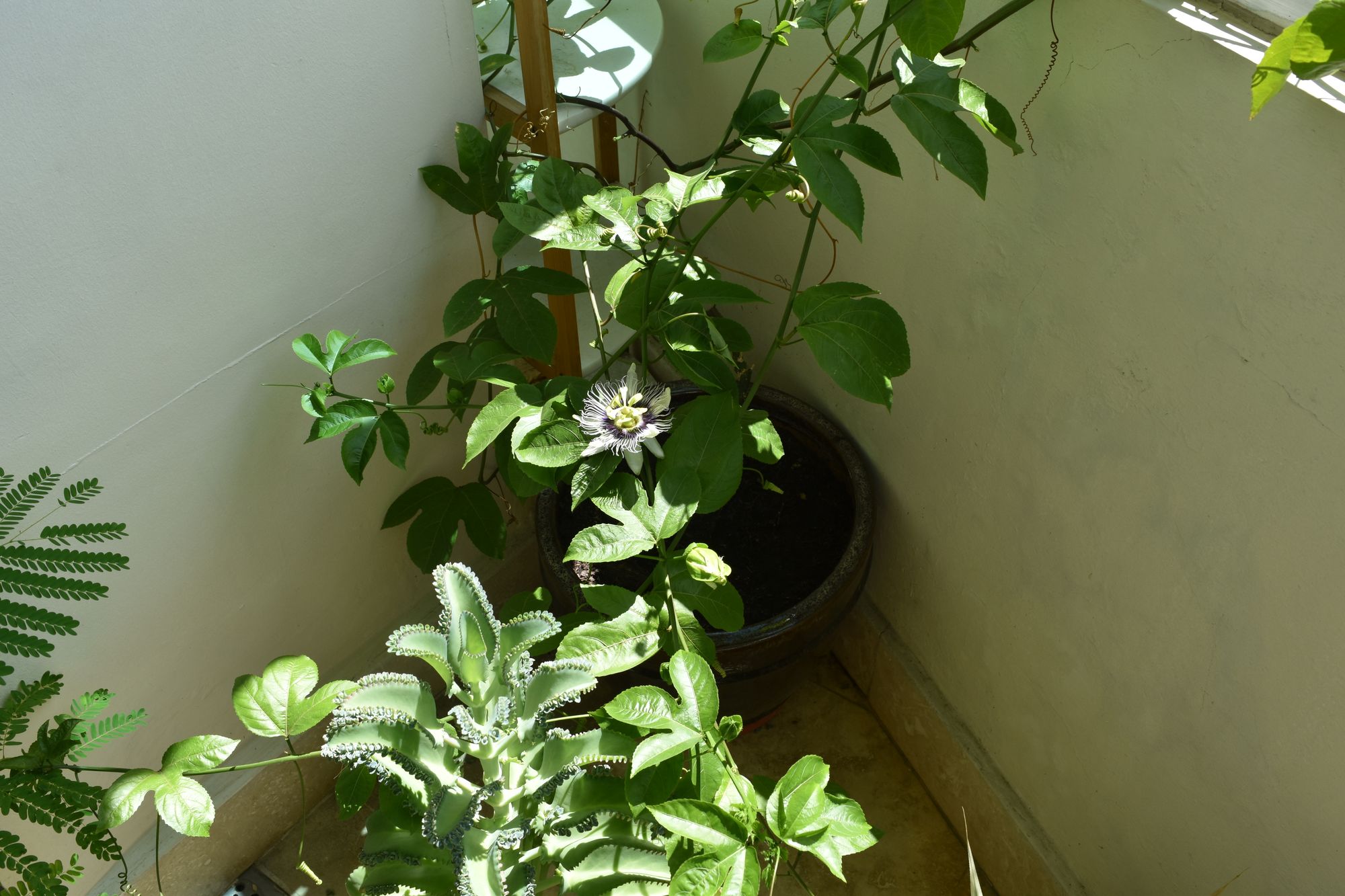
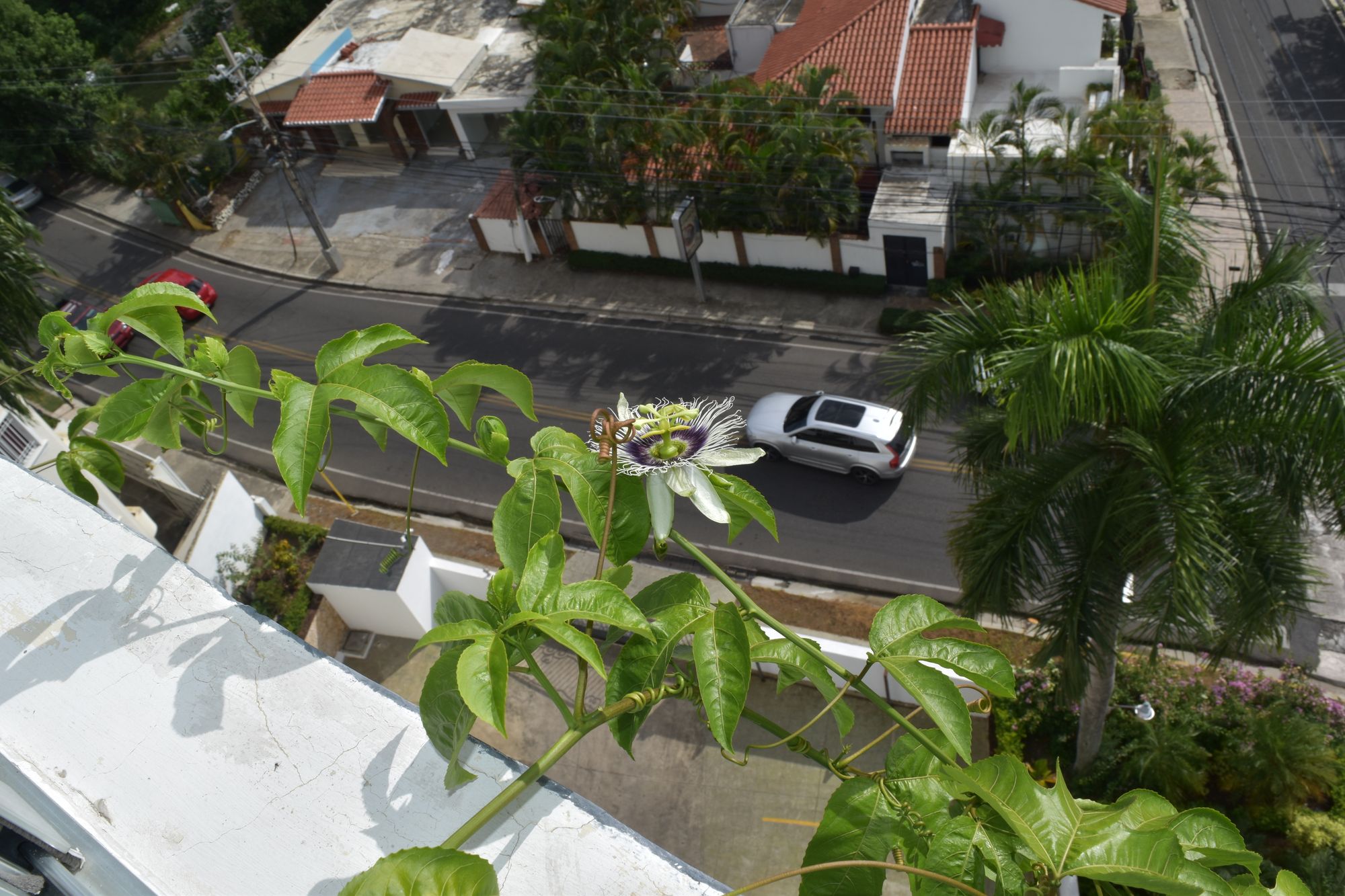
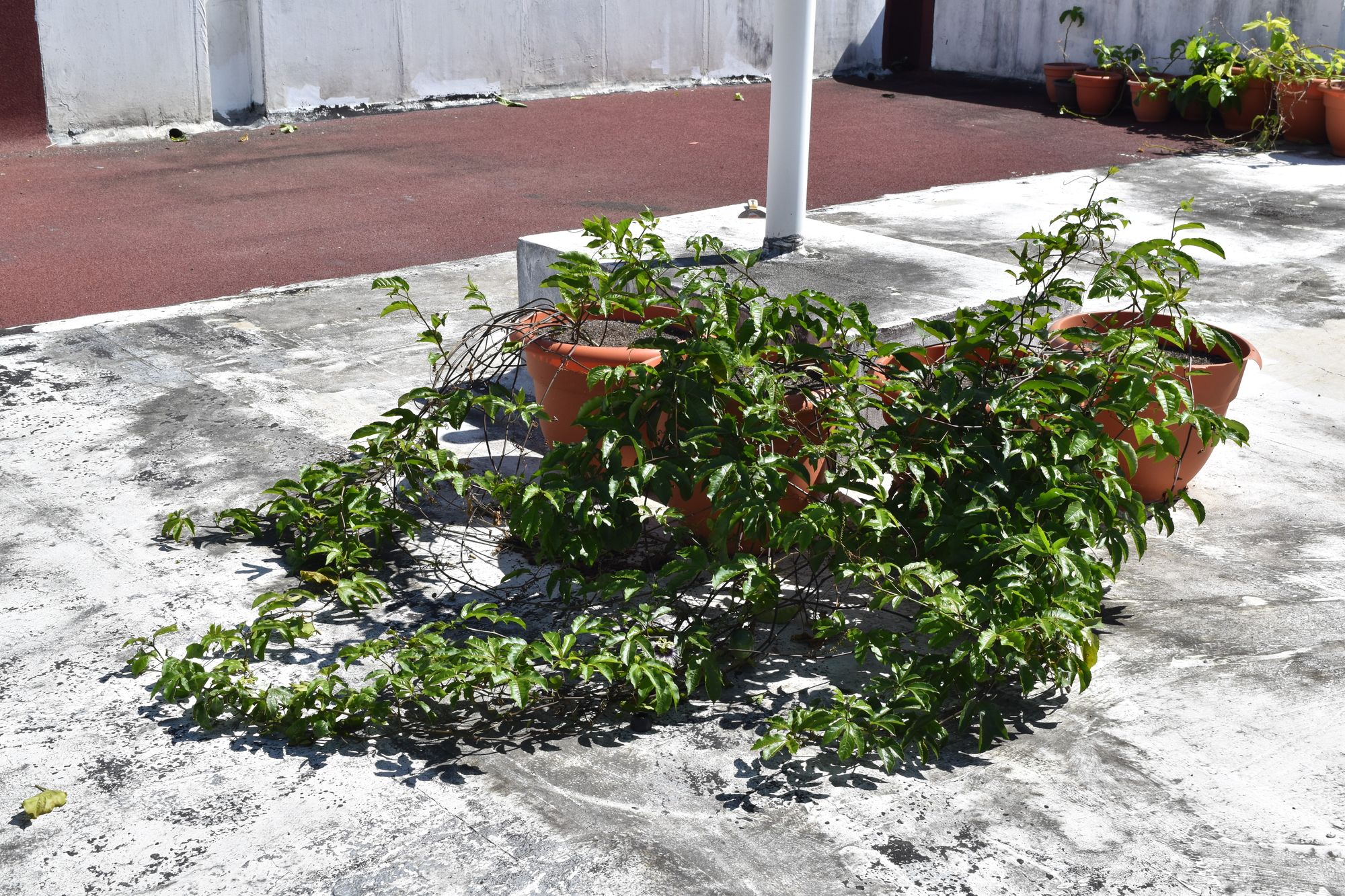
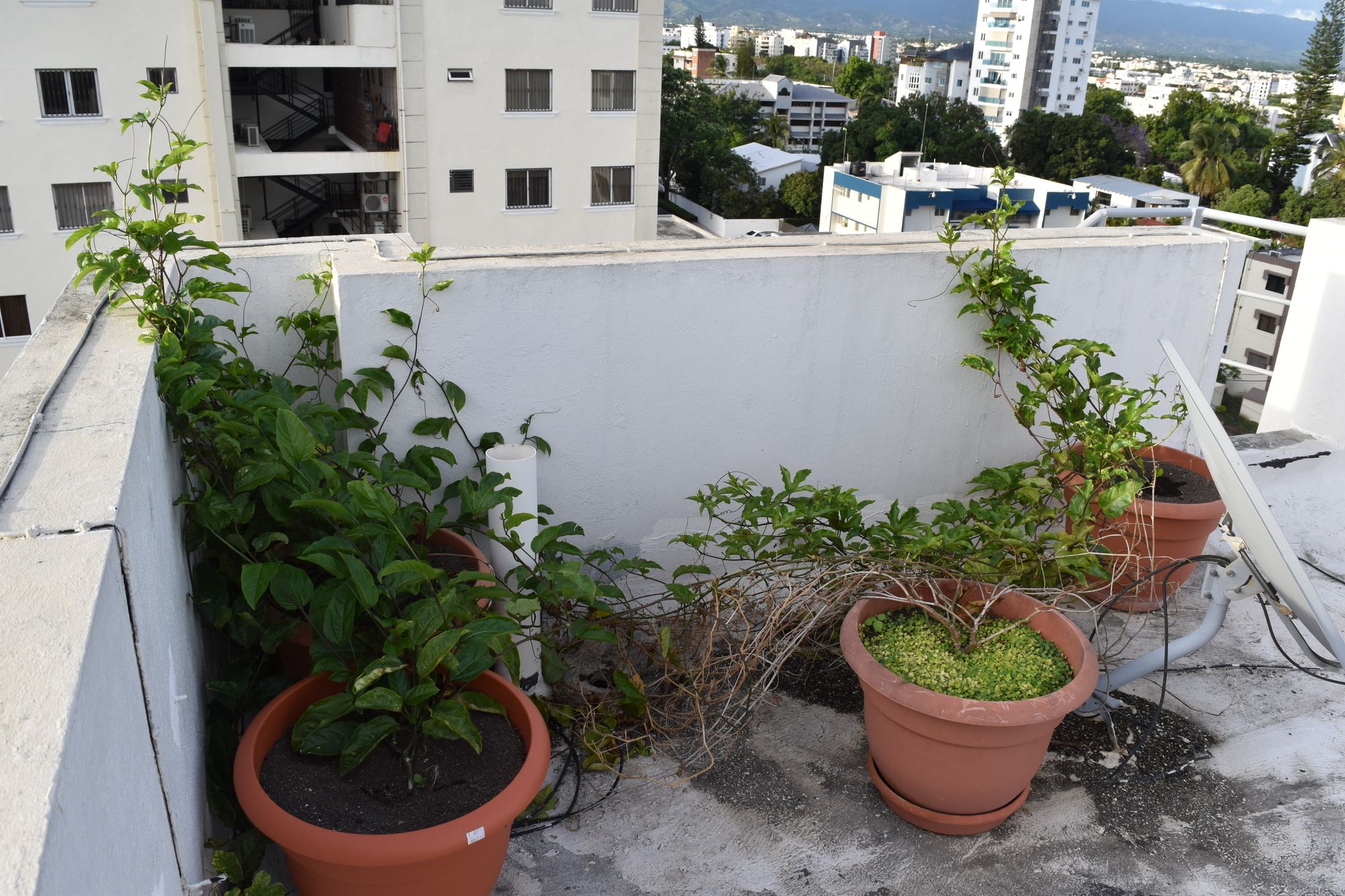
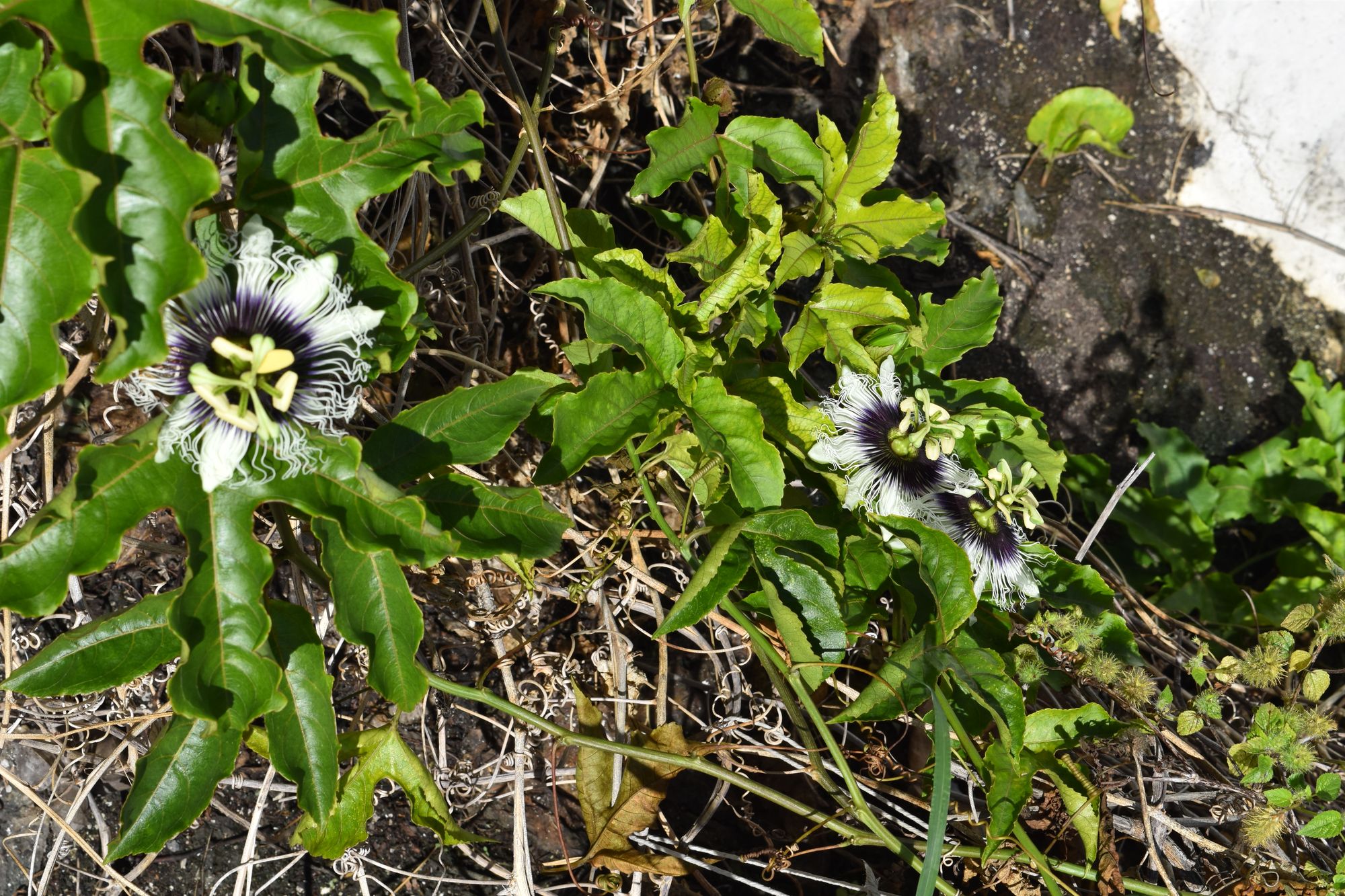
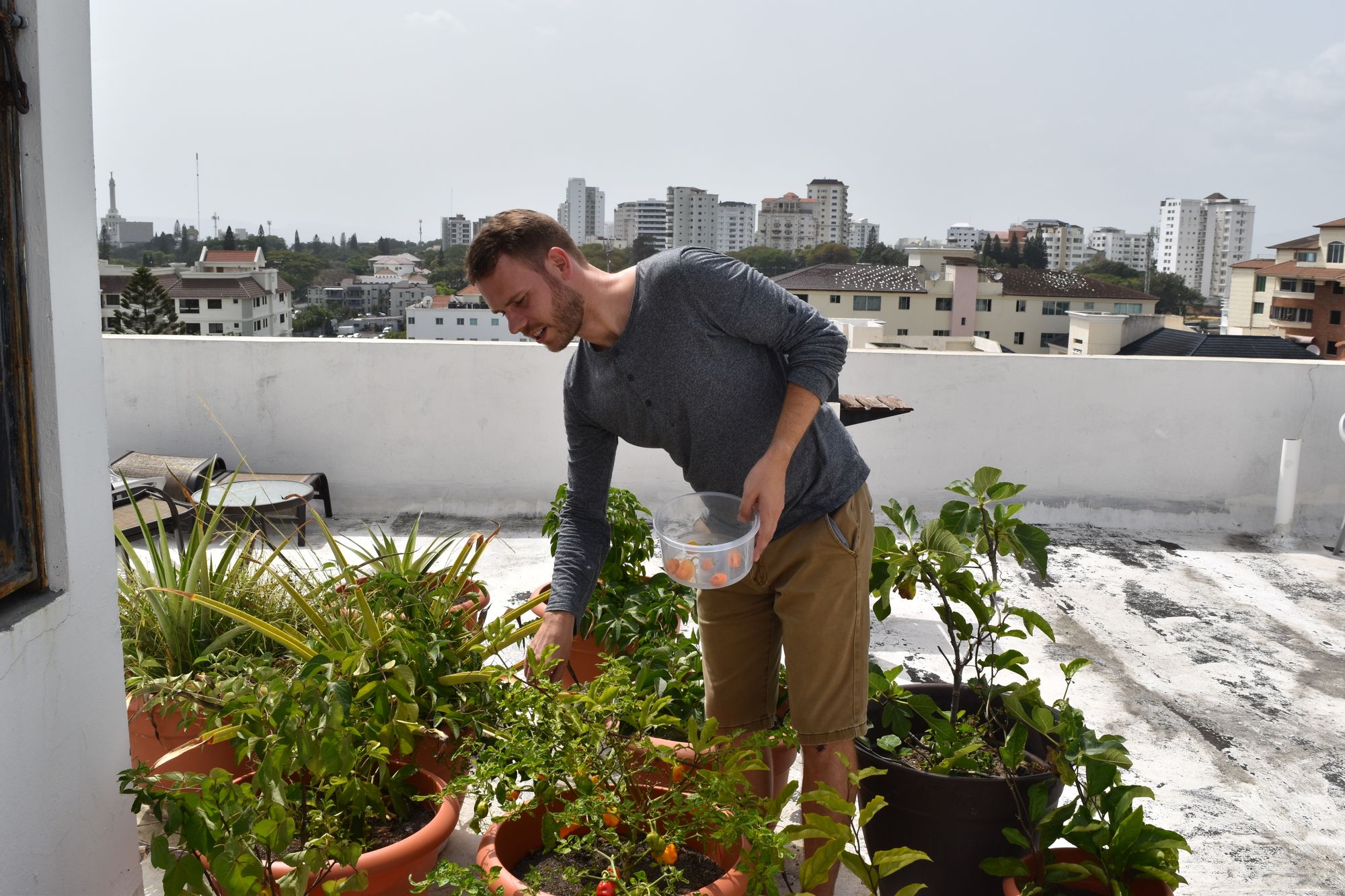
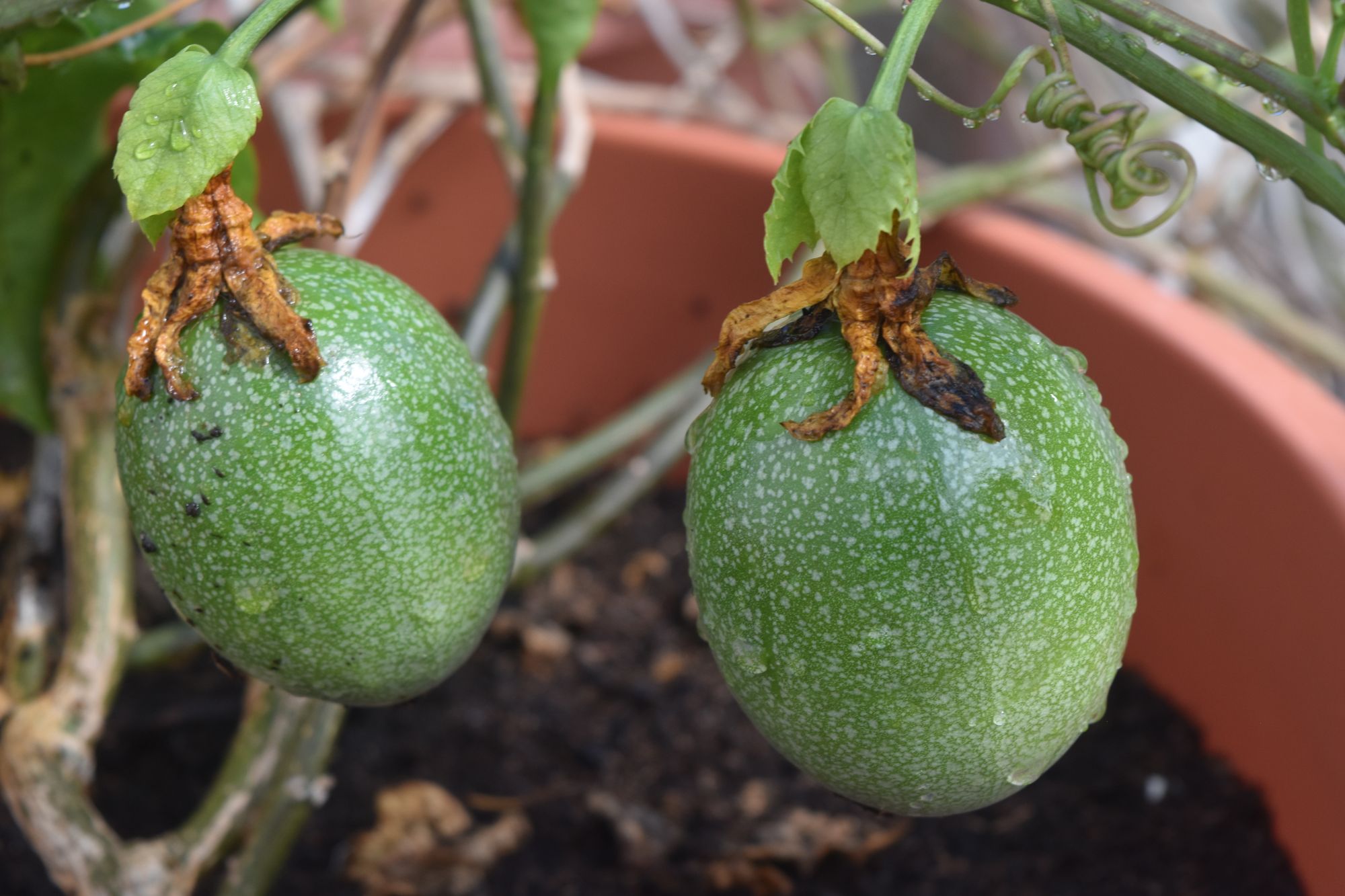
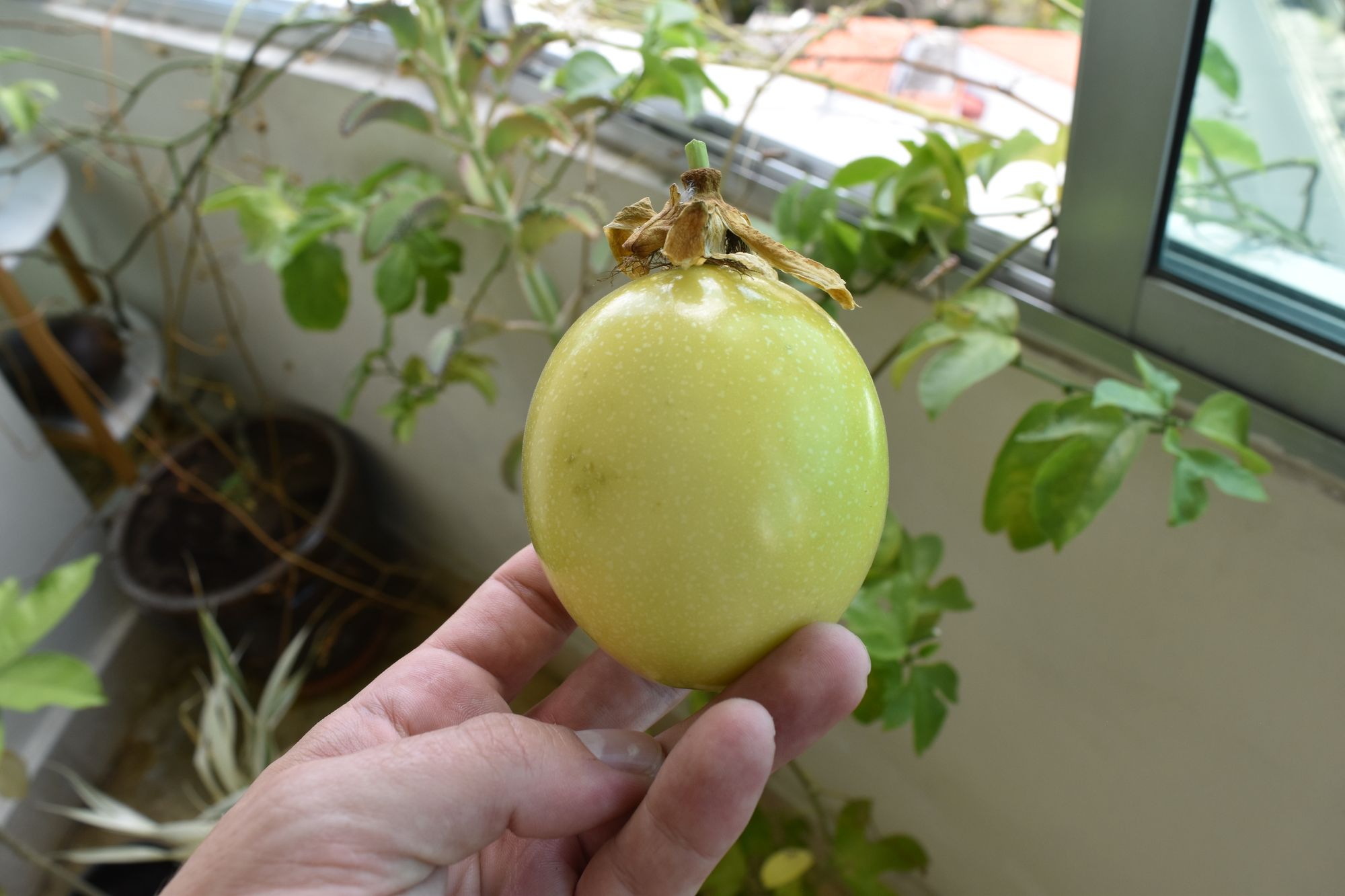
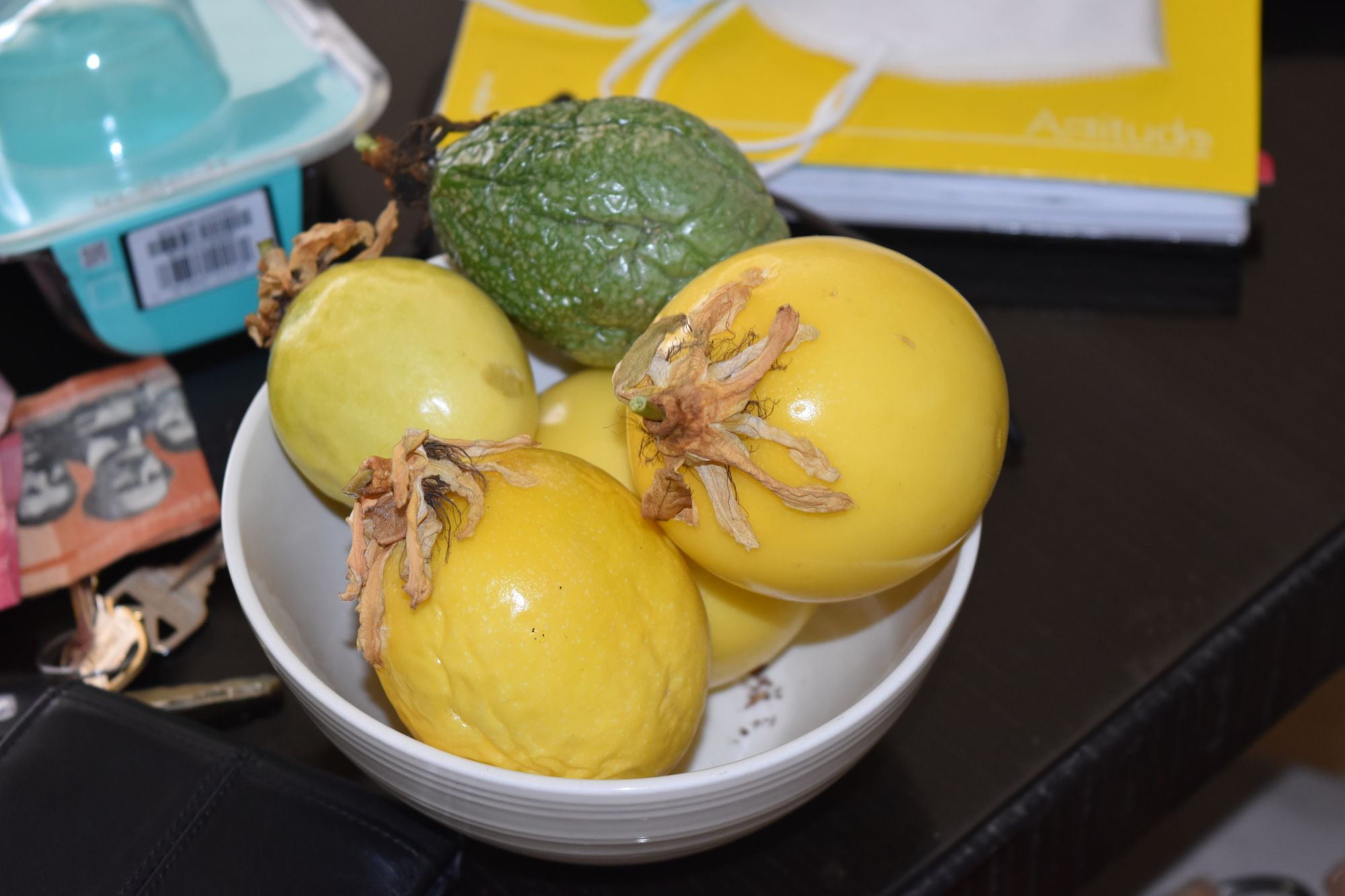
As of now, my goal is to document in detail each step in the process of making hybrids. I expect this to become quite a tangle of different crosses, backcrosses, and double-crosses, so taking the right data is key. Other than that, I intend to take you on some adventures seeking to find new species at the places I travel to.
An additional take on growing Passiflora flavicarpa is making them into jam. Add some sugar, some lemon juice, pectin or cornstarch, and you can turn the pulp into a delicious jam. You can decide either to filter our the seeds or to leave them in.
